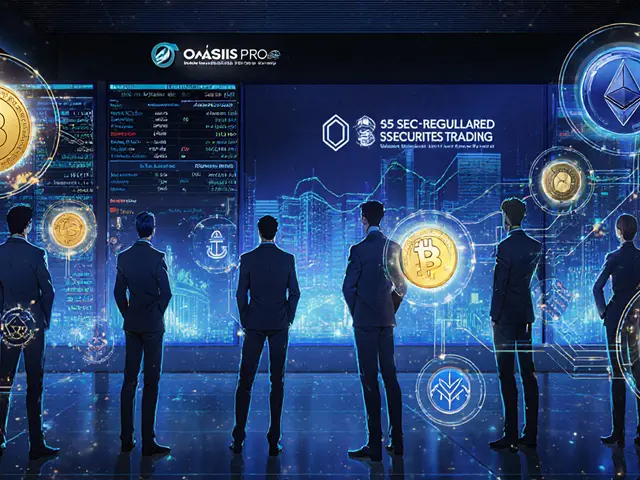Mones Token: Everything You Need to Know
When working with Mones token, a utility token that powers a suite of DeFi services and community rewards. Also known as MON, it enables holders to participate in staking, governance, and exclusive airdrops. In plain terms, the token acts like a digital key you can use across several platforms without leaving the crypto world.
One of the biggest ways users interact with the Mones token is through airdrop, a free distribution of tokens to eligible participants. Airdrops boost token visibility and give newcomers a low‑cost entry point. To claim an airdrop you usually need a compatible wallet, meet certain activity criteria, and follow a short verification process. Another common touchpoint is crypto mining pools, groups of miners that combine hashing power to increase block discovery odds. While the Mones token itself isn’t mined, understanding mining pools helps you grasp the broader ecosystem where proof‑of‑work and proof‑of‑stake coexist.
How Mones Token Fits Into the Bigger Picture
The blockchain that hosts Mones token provides the immutable ledger needed for transparent airdrop records and secure staking contracts. In this context, the blockchain enables token issuance, records all transactions, and supports smart contracts that automate rewards. Meanwhile, DEX aggregators, services that route trades across multiple decentralized exchanges for best prices give Mones holders a way to swap tokens without high slippage. The relationship can be summed up in a few triples: "Mones token encompasses airdrop mechanisms", "Blockchain underpins token issuance", and "DEX aggregator enhances trade efficiency for Mones token".
Security is another pillar. When you stake Mones token, you rely on validator nodes that verify transactions and earn rewards while risking slashing if they act maliciously. This mirrors the way mining pools share rewards based on contributed hash power. Knowing the difference between proof‑of‑work mining pools and proof‑of‑stake validators lets you make smarter decisions about where to allocate capital, whether you’re chasing high‑yield staking or looking for short‑term mining profits.
All these pieces – airdrops, mining pools, blockchain, DEX aggregators, and validator nodes – create a tightly woven ecosystem around the Mones token. Below you’ll find a curated selection of articles that break down each component, from step‑by‑step airdrop guides to deep dives on mining pool fees, blockchain versus traditional databases, and the latest DEX aggregator reviews. Dive in to get practical tips, technical insights, and actionable strategies that let you make the most of your Mones token journey.
Learn how to claim the Mones airdrop safely, check eligibility, avoid scams, and understand reward details in this step‑by‑step 2025 guide.
Read More





